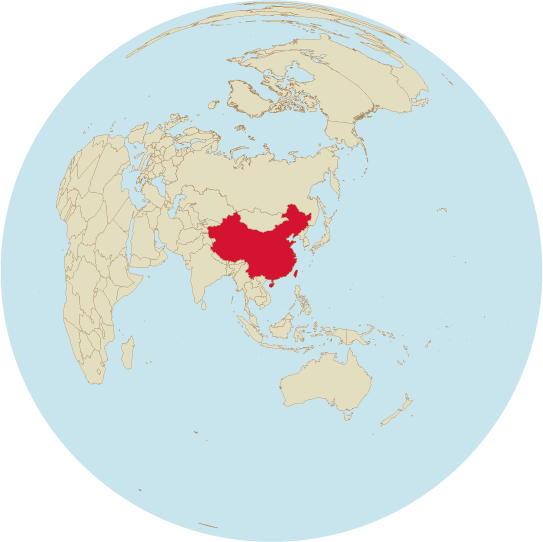Project B05 (2018-2021)
Dynamics of Chinese Social Policy. Interplay of National and International Influences
 Practically unnoticed by Western publics, since the 1990s and especially since the mid-2000s, China has been implementing the largest social policy project in its history. Although Chinese social policy does have its own traditions, its emergence and expansion have been influenced by international interdependencies of various origins. The project’s central question is: How have these internal and external influences affected and shaped Chinese social policy and which mechanisms were responsible? The period under review covers the years from 1990 to 2020.
Practically unnoticed by Western publics, since the 1990s and especially since the mid-2000s, China has been implementing the largest social policy project in its history. Although Chinese social policy does have its own traditions, its emergence and expansion have been influenced by international interdependencies of various origins. The project’s central question is: How have these internal and external influences affected and shaped Chinese social policy and which mechanisms were responsible? The period under review covers the years from 1990 to 2020.
During the first phase the project has two aims: First, a comprehensive reconstruction of the dynamics in the three important policy fields of retirement, health care and unemployment insurance. Second, we will explain the different dynamics in these fields by identifying the interplay of international and national influencing factors that are responsible for the variance in spread, degree of inclusion and generosity. Here we will examine the mechanisms by which international interdependencies affect the national development of social policy, in particular the evolution of ideas and the choice of models and programmes. The project will combine insights from the literature on diffusion with institutionalist policy analysis. The case studies will be analysed with a method mix comprising process tracing and quantitative techniques. We will collect data from Chinese databases and interviews with experts but we will also evaluate archive material and conduct a content analysis of secondary literature. Our findings should improve the understanding of this particularly interesting case for international comparisons of an expansion of social policy under autocratic conditions.
In the second phase we will, among other things, investigate whether the current reforms of the hukou system, which disadvantages the rural population, are leading to an alignment of rural and urban social security systems; and how internal and external factors interact in the recently locally tested long-term care insurance. Here we will take a comparative look at the East Asian region since long-term care insurance has been introduced (Japan, South Korea) or tested (Taiwan) there. Finally, we ask whether China’s social policy is a role model for other countries of the Global South.










